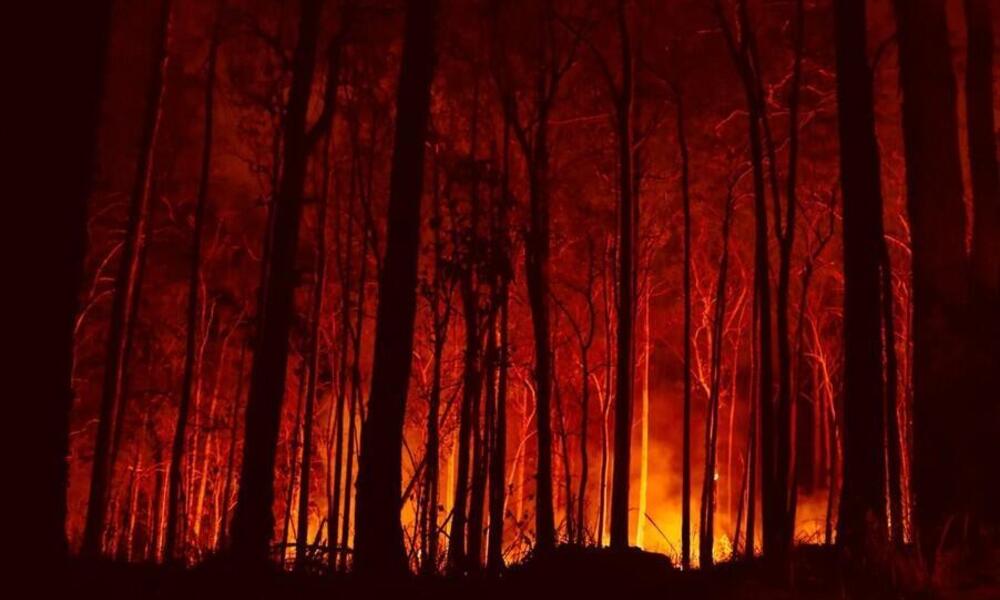BAL Report Basics: Vital Info for Property Owners
BAL Report Basics: Vital Info for Property Owners
Blog Article
Just How BAL Report Impacts Shrub Fire Protection Procedures
In the world of bush fire defense, the Structure Attack Level (BAL) report stands as a critical tool that dramatically influences the security and resilience of homes in fire-prone locations - BAL Report. The influence of a BAL evaluation expands far beyond mere documentation; it works as the keystone for determining the proper building and construction requirements and fire defense steps needed to minimize the threats positioned by bushfires. As neighborhoods come to grips with significantly severe fire seasons, understanding exactly how the BAL report forms these safety measures becomes vital for building contractors, policymakers, and home owners alike
Understanding the Bushfire Strike Level

Value of BAL Record Evaluation
/cdn.vox-cdn.com/uploads/chorus_image/image/66063681/GettyImages_1197451354.0.jpg)
In Addition, the BAL report evaluation works as a foundational action in following legal responsibilities and requirements associated with bushfire defense. Neighborhood councils and authorities typically mandate the entry of a BAL report as part of the preparation and structure authorization process to make sure that homes are appropriately safeguarded versus bushfire risks. Stopping working to carry out a complete BAL record evaluation can cause poor defense actions, leaving properties at risk to devastating bushfire events.
Building Standards Based Upon BAL
A thorough understanding of the Bushfire Strike Level (BAL) enables homeowner to execute building and construction criteria tailored to their specific threat profile. Construction criteria based on BAL are essential in mitigating the impact of bushfires on buildings. The BAL score categorizes the possible risk a property encounters during a bushfire on a scale from BAL-Low to BAL-FZ (Fire Area) Each BAL level corresponds to details building and construction demands dig this laid out in the Australian Standard AS3959-2018 Building And Construction of Buildings in Bushfire-Prone Locations. Homes classified as BAL-Low may just call for click this link basic actions such as getting rid of particles and keeping yards, while those in greater BAL classifications require even more robust steps like coal displays, fireproof products, and sealed windows. Complying with these construction requirements not just boosts the structural durability of the building but likewise enhances the total safety of homeowners during a bushfire occasion. Building proprietors have to meticulously consider their BAL ranking and conform with the matching construction standards to adequately safeguard their homes and passengers.
Carrying Out Fire Security Procedures
With the foundation of construction requirements based on Bushfire Attack Level (BAL) in place, the focus currently changes towards the useful application of fire security measures to strengthen residential or commercial properties against bushfire risks. Passive procedures include using fireproof building materials, mounting cinder guards on vents, securing gaps in roofs and wall surfaces, and maintaining a clear room around the property totally free from flammable plants. By integrating both passive and active approaches, residential properties can dramatically lower their vulnerability to bushfire events and increase the safety and security of owners.
Safeguarding Houses Against Bushfires
Properly securing homes against the devastating influences of bushfires calls for a thorough and positive method to fire protection measures. Additionally, securing vents and gaps to prevent coal invasion, as well as integrating fire-resistant doors and home windows, can aid strengthen the home's defense versus bushfires. By accepting an More Help aggressive stance and integrating these protective measures, house owners can considerably raise their possibilities of protecting their homes against bushfires.
Verdict
Finally, the Bushfire Assault Level (BAL) record plays a critical function in identifying the necessary defense steps versus bushfires. By evaluating the BAL, building requirements can be customized to alleviate the risks and make certain the safety of homes in fire-prone locations. Carrying out fire protection procedures based upon the BAL report is essential in securing properties from prospective bushfire threats. It is critical for home owners to prioritize BAL analyses and stick to suggested building and construction requirements to boost bushfire strength.
In evaluating bushfire threat to buildings, recognizing the Bushfire Strike Degree (BAL) is a crucial part for implementing effective protection steps. In general, a clear understanding of the Bushfire Assault Degree is essential for implementing sufficient protection steps and alleviating the influence of bushfires on residential or commercial properties.

Report this page